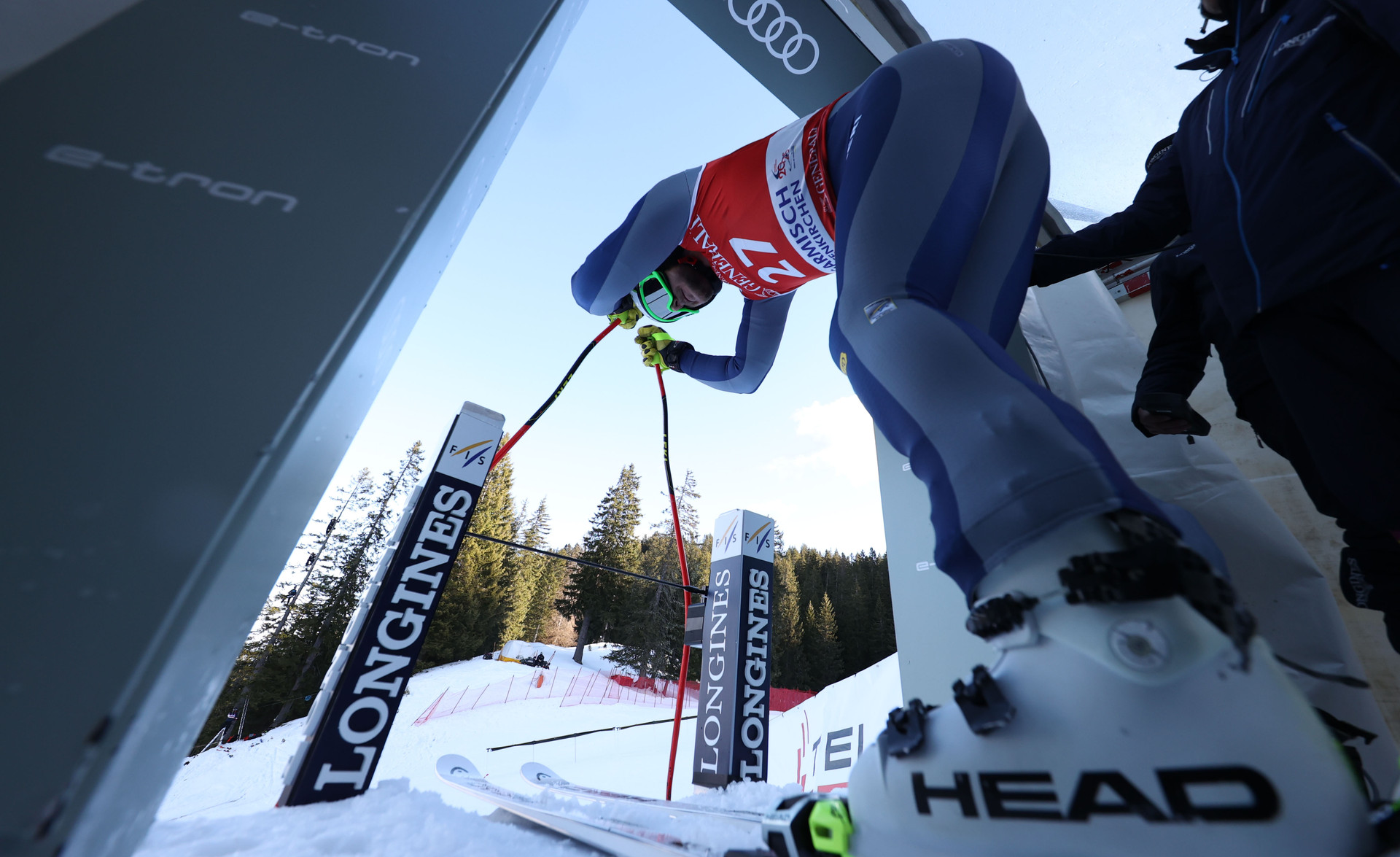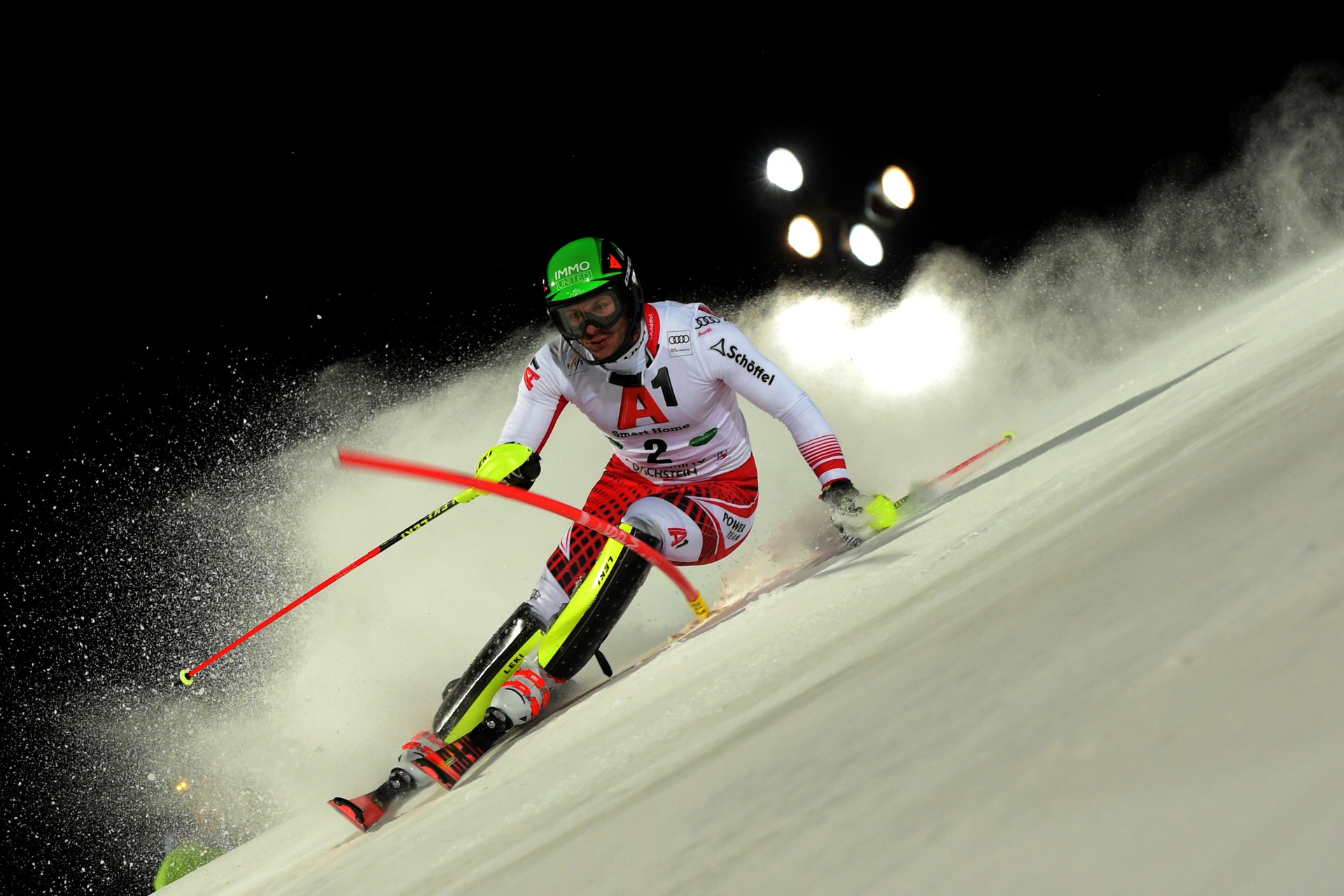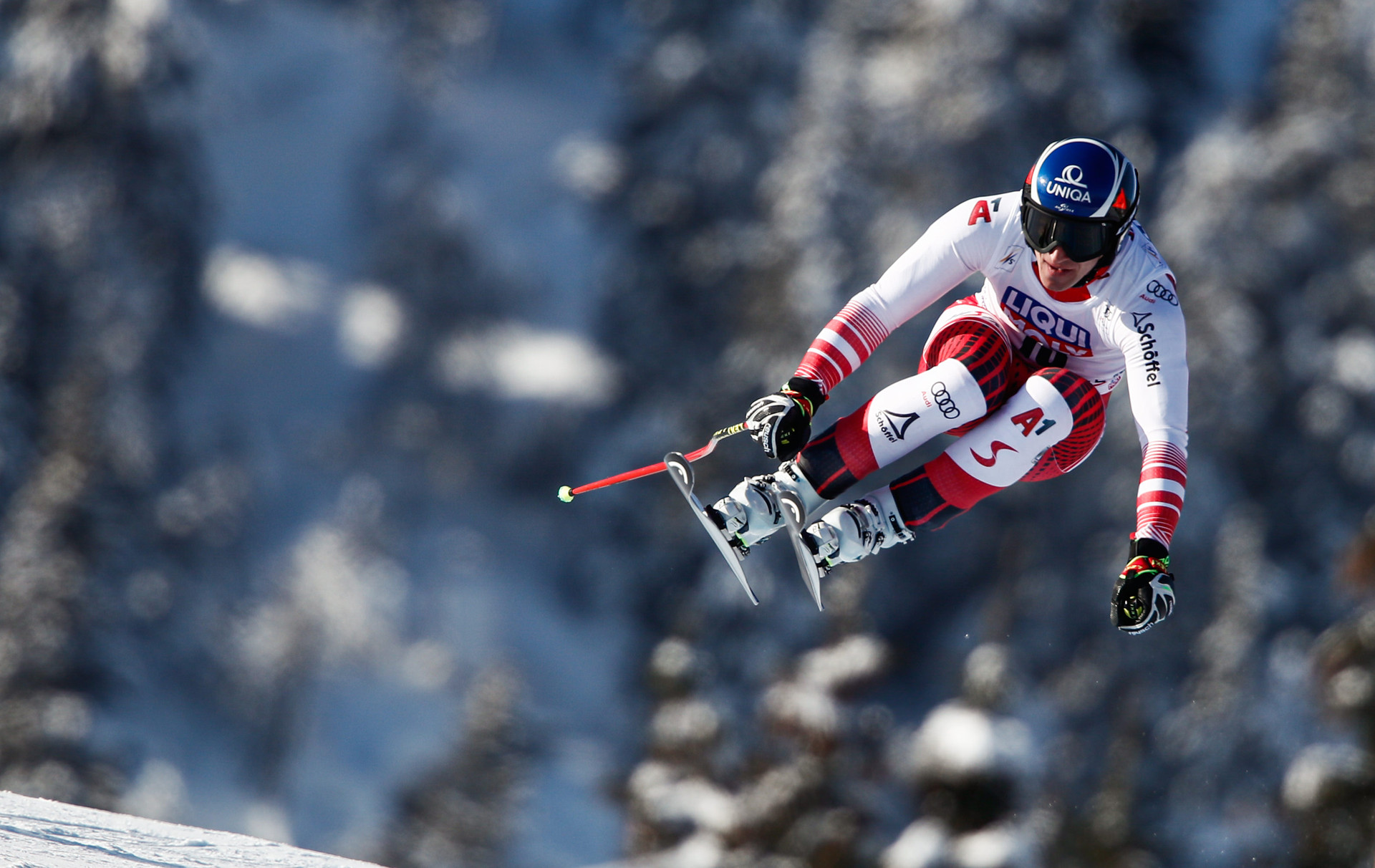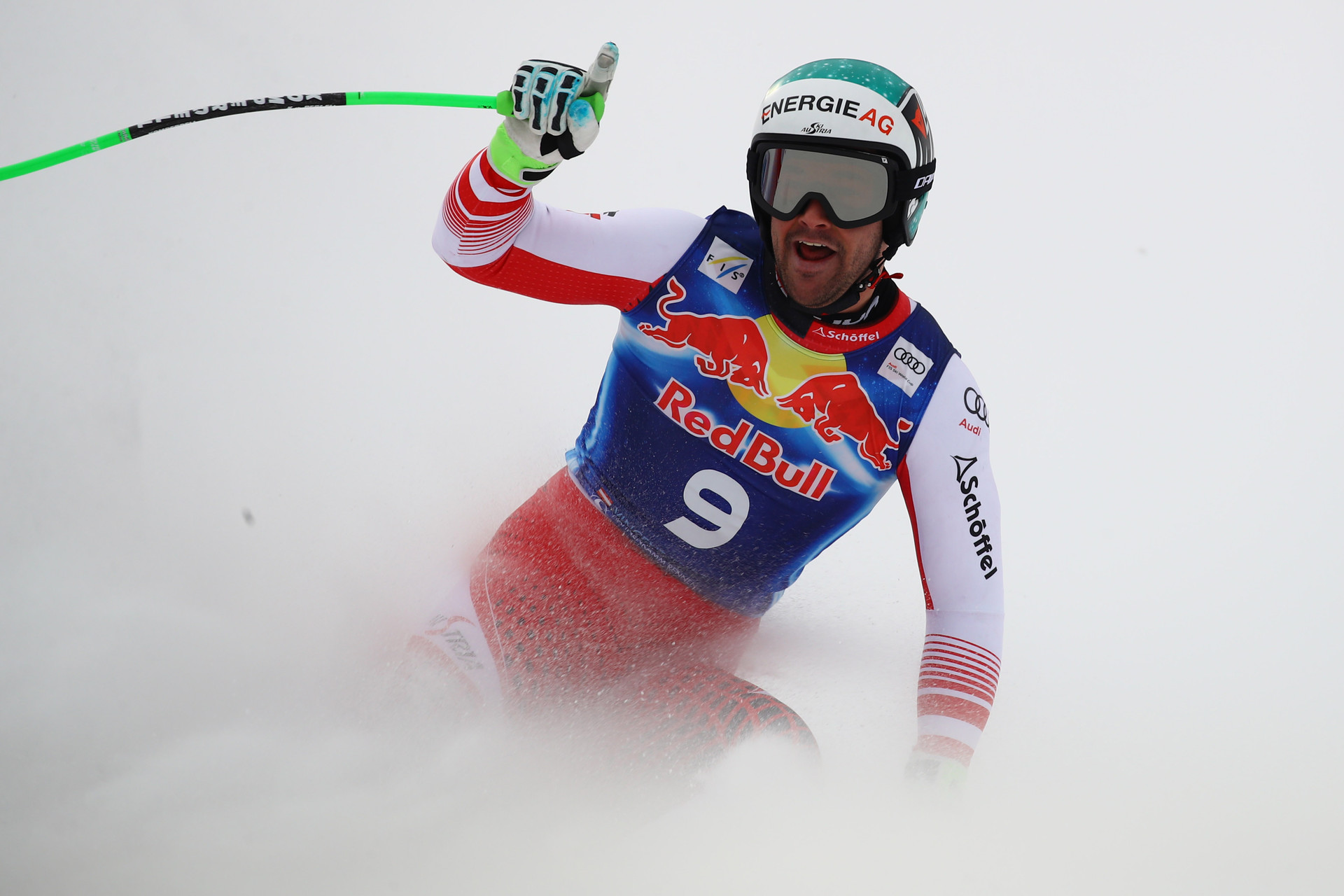Think about it: would you ever practice one of the coolest and most technical sports on earth with poor equipment? Would you ever take one ski different from the other? Would you ever throw yourself downhill without a helmet or a back protector?
Of course not. As it is important to take care of your equipment, it is fundamental to take care of yourself. Physical preparation is as important as the equipment you bring on the slopes. Conversely, only if our body is properly trained it will be reactive. This is true not only for professional athletes: you may not be able to have fun during the weekends on the slopes if you are not properly prepared.
Locked up at home: what to do?
You may think there is not much you can do when the situation does not allow to load your skis in the car and head up to the mountains. Instead, there is a lot you can do. You have by far the absolute power on what you can do for yourself today, and this will affect your future. You can always think about your next ski and how to keep fit, even while staying at home. And if you are still not over it yet in late spring, you still have the option of skiing in summer in a few selected resorts in the Alpine region.

You can train at home using non-conventional equipment. A chair, two bottles of water, a backpack full of books are some fantastic tools to exercise. There are several aspects you should consider during a break not to lose your physical condition. But let us first understand what skiing is.
Skiing: technique and instinct
Skiing is a complex sport. Technical movements are so full of variables that make it one of the hardest sports to practice and bring to high levels. No turn or slope is identical to the other and every centimeter of the piste is different. Every fraction of a second is influenced by thousands of forces and variables. Skiing can be practiced just a few months per year and actions last a little more than a few seconds. This makes it even harder for your brain to store information as a series of “related” gestures.

Professional athlete or amateur skier?
The performance model defines skiing as a mainly anaerobic/lactic acid sport, categorizing it also as short-term endurance. Although, this is true if you consider it in the racing environment.
An amateur skier carries out a slightly different activity. Practice is at medium intensity, 3 to 5 minutes, hardly ever exceeding the lactate threshold, seldom reaching elevated heart rates. This enables to ski longer compared to a professional athlete, who instead performs for about a minute and a half, seeking the maximum strength at each turn with sky-high heart beats, stressing boots and skis out.
Therefore, an amateur skier practices a hybrid activity that can simply be defined aerobic. Obviously, there are also other skills involved, such as strength in all its forms, together with abilities, such as balance and agility.
Aerobic training
You can do it at home using a bike trainer or a treadmill, with medium-long sessions at medium-low intensity. If you do not have this possibility, you can exercise with continuous circuits for about 20 minutes, or round circuits, 1 minute active and 30 seconds to recover, for about 25 minutes, always at medium-low intensity. You can do burpees, jog on the spot, high knees, jumping jacks, jump squats or jump rope.

Aerobic conditioning
You can work out with shorter circuit trainings at very high intensity. For example, TABATA circuits are perfect: 4-minute exercises, divided into 8 20-second rounds at maximum intensity, punctuated by 10-second recovery sessions. You can do the same exercises mentioned above, but at higher intensity.
Strength
When no specific equipment is at your disposal, you can hold the position in isometric and work out with very slow movements, setting specific timings. It is fundamental that you do not focus on legs strength only. Instead, you should find the right balance throughout the entire body. Strength can be developed with isometric exercises, such as holding the squat position for 30 seconds, or a timed work out, such as pushups, going down in 4 seconds.
Squats, lungs, chair by the wall, deadlifts, glute bridges are good exercises for the lower part of the body. Hollows and plank position, together with different types of crunches, are for the core. Pushing movements, such as pushups, pushes above your head, dips between two chairs, and pulling movements, such as chin-ups and bent-forward rowing, work on the upper part of the body.
Abilities
Abilities are the fun part of your work out. They are defined as the “roof of the house” and are details that “polish” the exercise you have been doing until now. For example, you can improve balance by walking with one foot in front of the other with your eyes closed or standing on one leg as long as possible. Agility can be trained by creating small “bootcamps” in your living room, using pillows, couches and anything else at your disposal.

It’s up to you: willpower!
We listed all types of exercises starting from the basics. The secret of pre-seasonal preparation is to first create a perfect aerobic base and maintain it. Then, you add aerobic power including even more strength. Finally, working on specific abilities is the cherry on the cake.
A few simple exercises can keep you in good shape even when you are locked up at home and do not have the chance to go to the gym or outdoors for a walk or a bike ride. And remember: no exercise is easy if you do it with dedication.